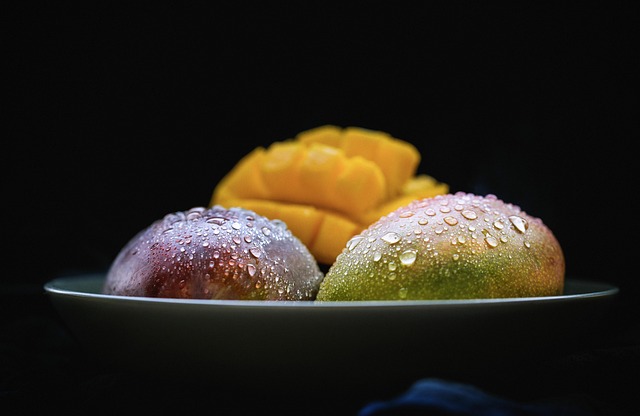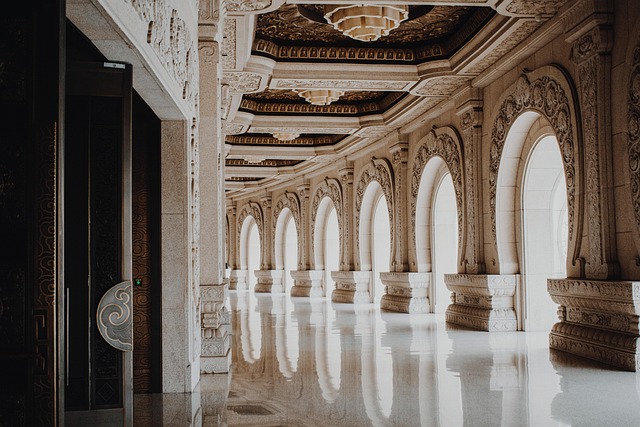Still life photography is an exquisite dance of light, color, and arrangement. It offers a unique opportunity for photographers to express their vision through carefully curated scenes. As a photo enthusiast, mastering the art of still life can transform a simple subject into a captivating work of art, enhancing your understanding of optics, camera settings, and composition.
To embark on this creative journey, begin by selecting the right subjects. Everyday items like fruit, flowers, or household objects can serve as excellent subjects for your still life compositions. The key is to choose objects that resonate with you personally, allowing for a more genuine expression of your artistic voice.
Once you have your subjects, play with the arrangement. The beauty of still life photography lies in its flexibility. Consider the balance, symmetry, and negative space in your composition. Utilize the rule of thirds to create visually engaging arrangements that guide the viewer’s eye through the frame.
Lighting is another essential element in still life photography. Natural light is often preferred for its soft, diffused quality, but don’t shy away from experimenting with artificial lighting. Position your light source to create interesting shadows and highlights, adding depth and dimension to your photographs. A single source of light can dramatically alter the mood of your image, so explore different angles and intensities.
Your camera settings also play a crucial role in achieving stunning still life shots. A shallow depth of field can isolate your subject, drawing attention away from distractions in the background. Use a wide aperture (like f/2.8 or f/4) to create that dreamy bokeh effect. Conversely, if you wish to capture details of multiple objects, consider using a narrower aperture (like f/8 or f/11) to ensure everything remains in focus.
Experimenting with optics can enrich your still life photography. Macro lenses, for instance, allow you to reveal textures and intricate details that are often overlooked. By getting up close and personal with your subjects, you can capture the subtleties that make each object unique. Alternatively, a wide-angle lens can provide an expansive view, incorporating more elements and context into your scene.
Post-processing is the final touch to elevate your still life images. Editing software gives you control over exposure, contrast, and color balance. Don’t be afraid to enhance or manipulate your images to align with your creative vision. Subtle adjustments can breathe new life into your photographs, making them truly stand out.
In essence, mastering still life photography is about exploration and experimentation. Dive into different techniques, push the boundaries of your creativity, and most importantly, enjoy the process. Each click of your camera will bring you closer to discovering your unique style, allowing you to redefine the ordinary and create extraordinary visuals through the lens.




